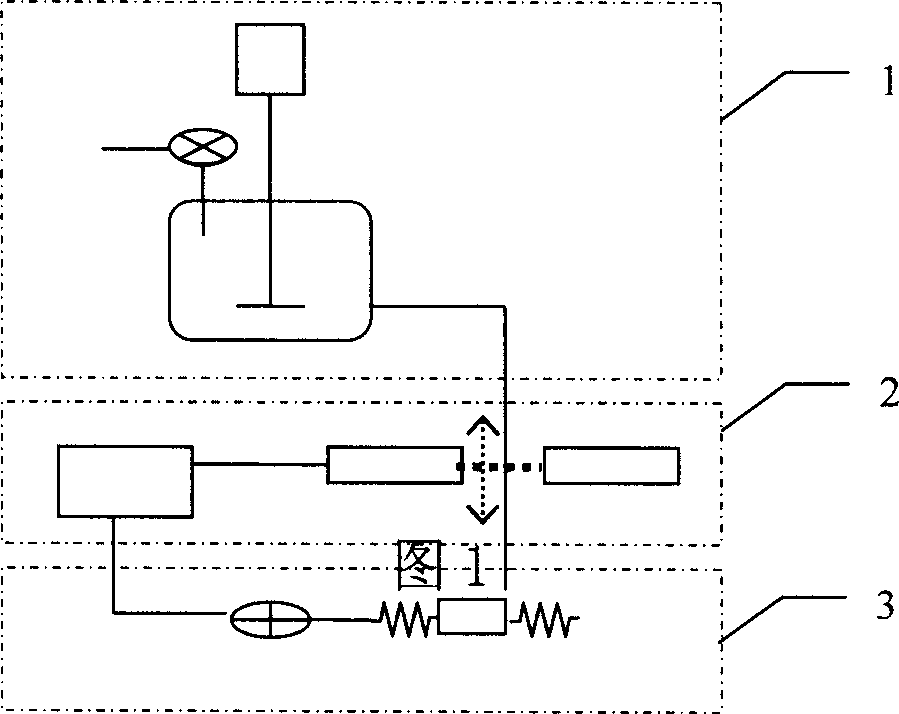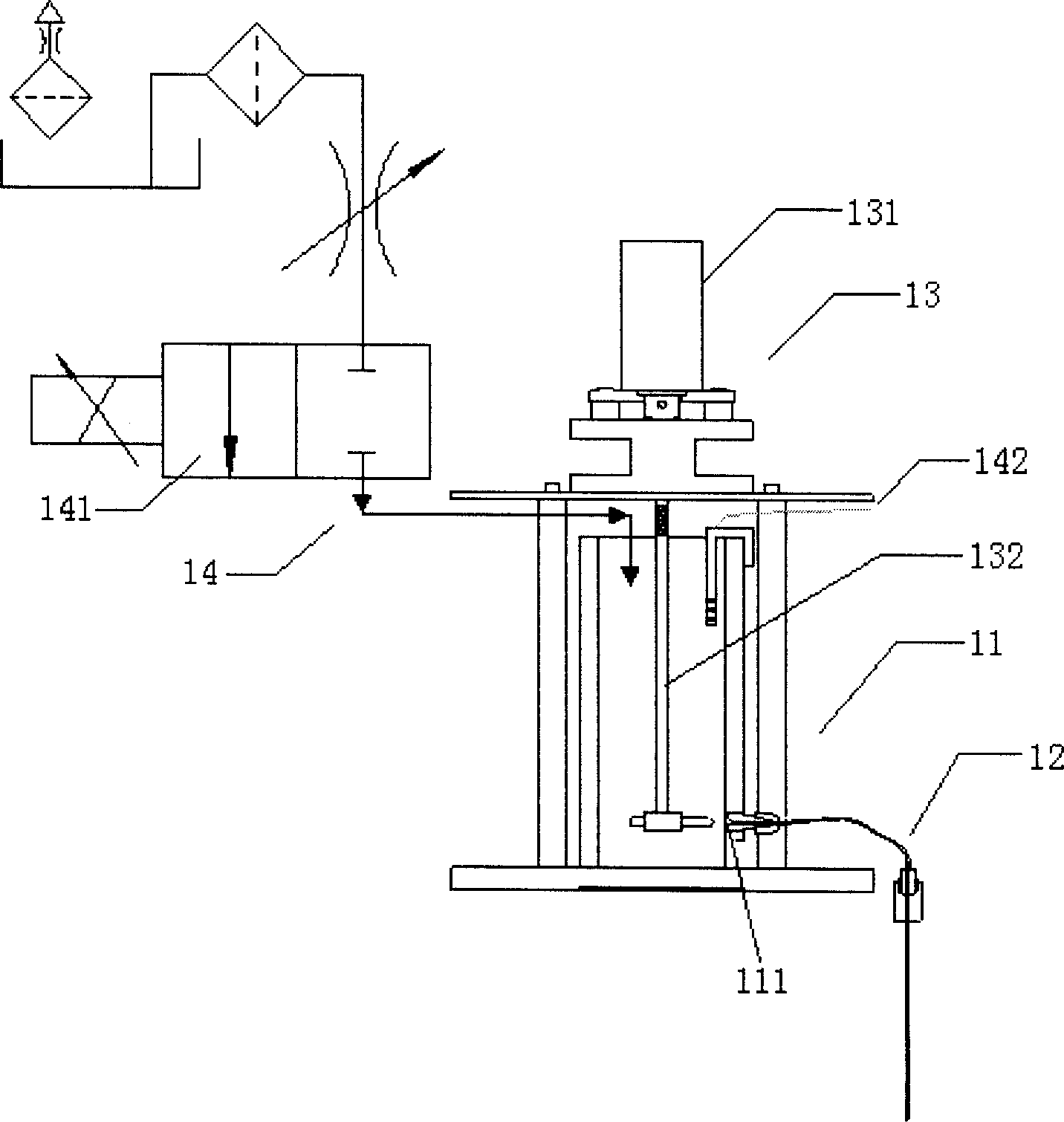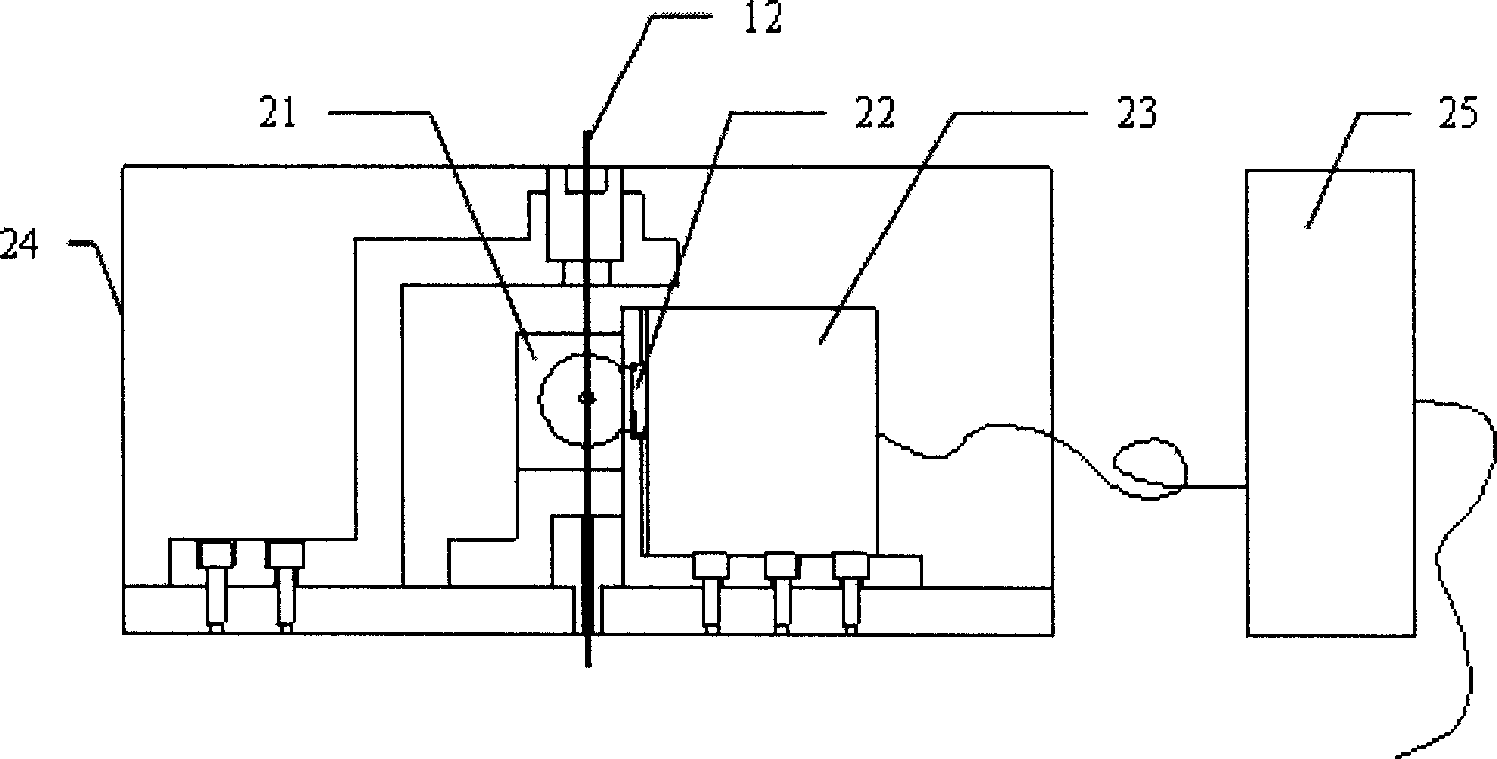Automatic separation system of small sized benthos specimen
A technology of benthic organisms and automatic separation, applied in sorting and other directions, can solve the problems of time-consuming separation precision, low separation precision of the latter, and large influence of human factors, and achieve the effect of reducing errors, increasing quantities, and accurate results
- Summary
- Abstract
- Description
- Claims
- Application Information
AI Technical Summary
Problems solved by technology
Method used
Image
Examples
Embodiment Construction
[0027] Such as figure 1 Shown is a structural schematic diagram of an automatic separation system for small benthic specimens of the present invention. It includes a liquid circuit subsystem 1, a bio-optical identification subsystem 2, and an electromechanical separation and collection subsystem 3. The invention comprehensively utilizes biology, optics, electronics, machinery and other technologies, and is a set of high-precision automatic separation system for small-scale benthos specimens. The implementation method is: after the sediment sample is first screened through a 32um aperture mesh screen, the sample retained by the 32um aperture mesh screen is stained with a protein fluorescent stain (Tiger Red), which can selectively remove biological substances in the sample. The specimen is stained, while the sediment remains as it is; the sample enters the liquid path subsystem 1 for dilution, and the sediment particles and small benthic organisms enter the detection device on...
PUM
 Login to View More
Login to View More Abstract
Description
Claims
Application Information
 Login to View More
Login to View More - R&D
- Intellectual Property
- Life Sciences
- Materials
- Tech Scout
- Unparalleled Data Quality
- Higher Quality Content
- 60% Fewer Hallucinations
Browse by: Latest US Patents, China's latest patents, Technical Efficacy Thesaurus, Application Domain, Technology Topic, Popular Technical Reports.
© 2025 PatSnap. All rights reserved.Legal|Privacy policy|Modern Slavery Act Transparency Statement|Sitemap|About US| Contact US: help@patsnap.com



